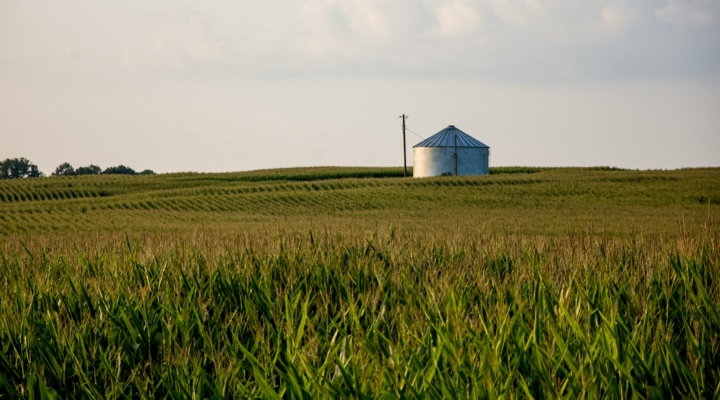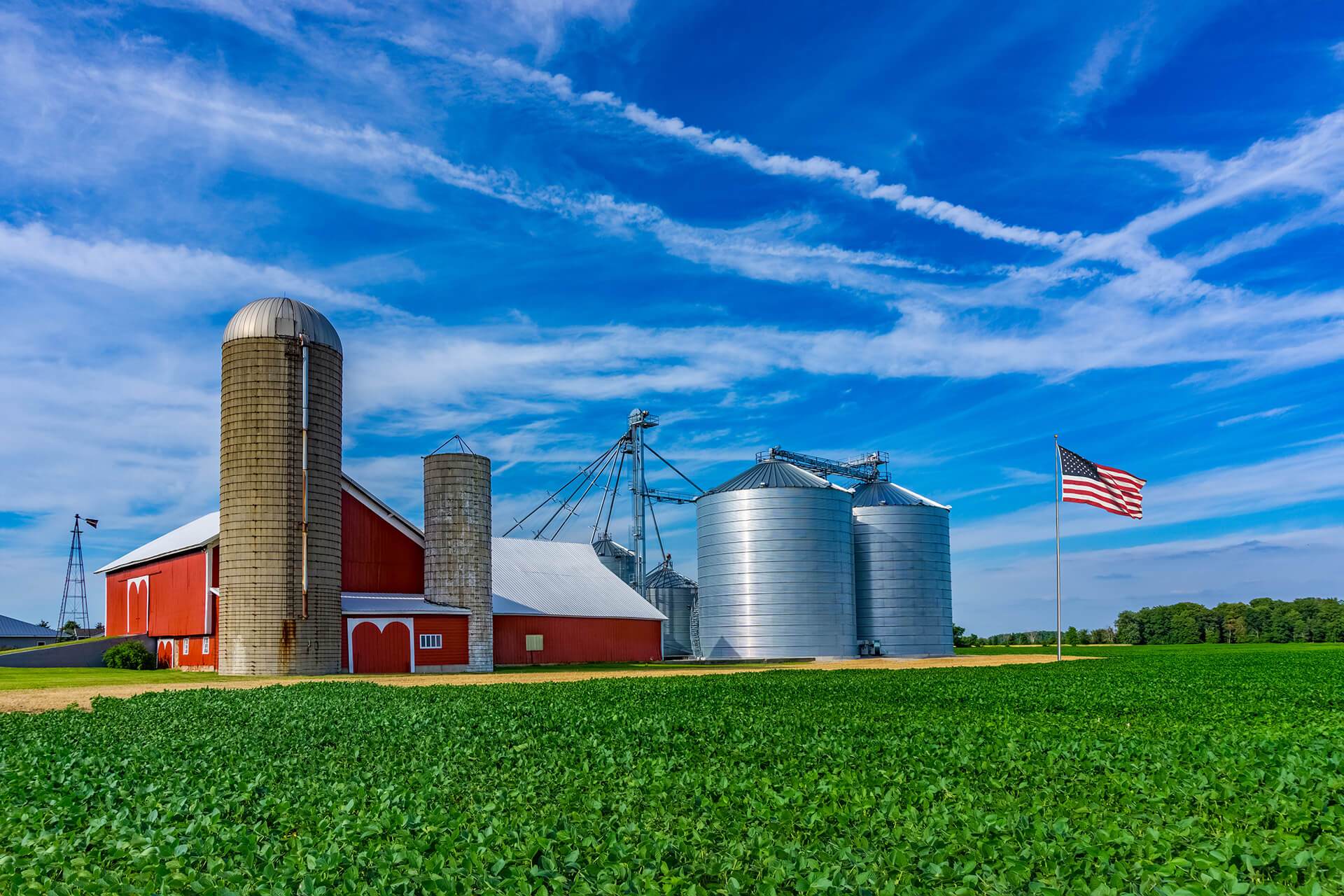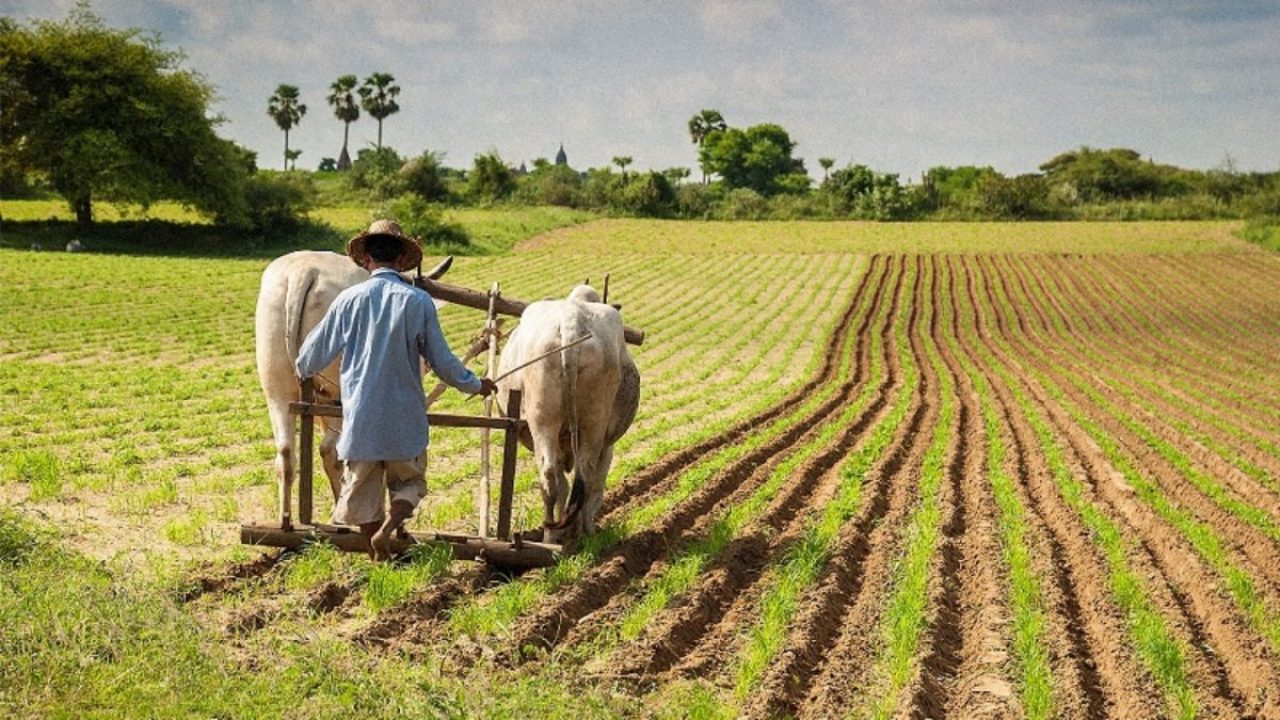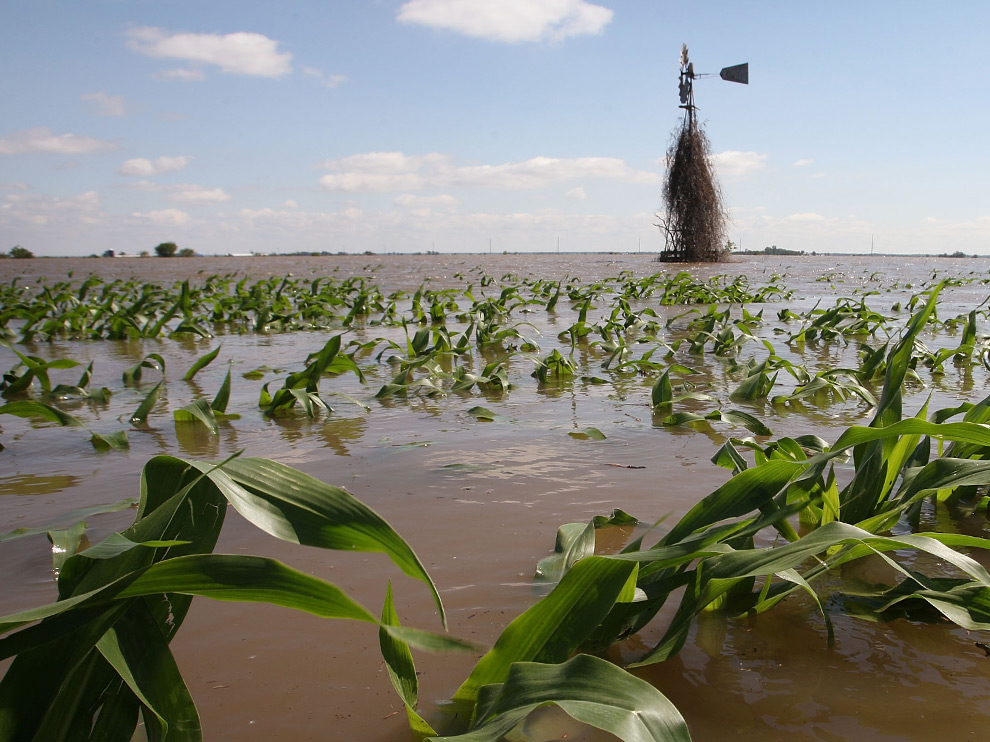USA - 2020 disaster estimations reveal at least $3.6 billion in uncovered losses
09.07.2021 494 views
Not only was 2020 defined by COVID-19-induced volatility, over 22 weather and climate disasters, each with damages reaching over a billion dollars, hit the U.S. coast to coast last year. The National Oceanic and Atmospheric Administration (NOAA) reported that 2020 shattered a previous annual record of 16 individual billion dollar weather events which occurred in both 2011 and 2017. With over 262 lives lost and more than $96.4 billion in total economic damages, these disasters will haunt impacted communities for years to come.
President Trump made over 100 major disaster declarations in 2020. According to the Federal Emergency Management Agency (FEMA), the president may declare a major disaster for any natural event that the president determines has caused damage of such severity that it is beyond the combined capabilities of state and local governments to respond. Last year, this included hurricanes that drenched Southeastern and Gulf states, where farmers produce over 70% of the country’s peanuts, pecans and cotton by value. Wildfires and droughts blazed through Western states, home to 83% and 47% of our fruits and dairy production by value, respectively. And in the Midwest, a derecho in Iowa left large swaths of corn and soybean fields destroyed.
In 2018 and 2019, crop losses associated with qualifying weather disasters were partially mitigated by the Wildfire and Hurricane Indemnity Program Plus (WHIP+), a disaster assistance program with origins in the 2017 WHIP, which provided financial assistance to producers with disaster-related production losses on both insured and non-insured crops (Reviewing WHIP+ and Other Disaster Assistance Programs). WHIP+ was established under the Additional Supplemental Appropriations for Disaster Relief Act of 2019 with $3.005 billion in funds alongside On-Farm Storage Loss, Milk Loss, and Tree Assistance programs. In its prior authorized form, WHIP+ eligibility was linked to counties that received qualifying presidential emergency disaster declarations or USDA secretarial disaster designations due to severe qualifying events and their related conditions. Related conditions referred to damaging weather or adverse natural occurrences that happened as a direct result of a qualifying storm – such as high winds related to hurricanes and tornadoes, or heat and smoke related to wildfires.
Today’s Market Intel illustrates recent crop and rangeland damage estimates crucial to future discussions regarding an extension of WHIP+ or other forms of disaster assistance for 2020 losses. The assessment puts total crop and rangeland losses from major 2020 disasters at over $6.5 billion, or 6.7% of NOAA’s total economic impact figure. Of that figure, over $3.6 billion in losses were not covered by existing Risk Management Agency (RMA) programs. Drought alone accounted for over $790 million in unaccounted-for losses. AFBF crop loss estimates do not include infrastructure damage, livestock losses, horticulture crop losses or timber losses associated with the selected weather events. Unaccounted-for damage estimates should be viewed as a minimum baseline as data to estimate these other categories are not readily available.
Calculations
To begin, AFBF economists compiled a list of states impacted by weather events in 2020 that would have qualified for WHIP+. All D3/D4 droughts, hurricanes, tornadoes and wildfires were included. Affected states were selected using the National Drought Mitigation Center’s U.S. Drought Monitor and FEMA’s presidential disaster list. States that had any form of D3/D4 drought were automatically included in the analysis. States that suffered one or more of the weather events that qualify for WHIP+ and had a presidential declared disaster were also included in the analysis.
The analysis utilizes RMA crop insurance data to estimate losses if all crop acreage was insured with complete (100%) protection. Methodologies mimic those used by the National Oceanic and Atmospheric Administration’s National Climatic Data Center to estimate losses in their annual “Billion Dollar Climate and Weather Disasters” reports (first described in Smith, Katz 2011).
RMA reports on total indemnities (total insurance compensation) paid for each cause of loss (drought, hurricane, flooding, fire, excess moisture, hot wind, etc.) in a given month for each crop type by state. Each storm is defined with a set of cause of loss types based on the weather event and its related conditions covered by WHIP+. For instance, for hurricanes, the following cause of loss filters were included: excess moisture/precipitation/rain, flooding, hurricane/tropical depression, and wind/excess wind. Data was also filtered by the month(s) the storm impacted each state. Once indemnity payments for crops were totaled, adjustments were made for losses outside insured acreage and coverage levels.
This is achieved by first calculating the percent of insured acres in each state (using 2020 data from USDA-National Agricultural Statistics Service and RMA summary of business data). It is assumed all acreage of a given crop has been impacted by a particular disaster. Then RMA coverage level data is used to find the average coverage rate for each crop in each state. Based on these stats, a factor approach defined as 1/ [(% acres insured) (average coverage level %)] is utilized to come up with a multiplier to estimate 100% of losses. This was repeated for crops in each affected state and totaled.
Using a real-life example: In Florida 56% of pepper acreage was insured in 2020. Of the covered pepper acreage in Florida, insurance covered an average of 62% of losses. Following the formula described above, Florida pepper indemnities were multiplied by 1/(0.56*0.62), or 2.88, to estimate 100% of losses.
Additional related loss estimates were calculated using reported indemnities paid out under code 55, or the “ARPI/SCO/STAX/MP/HIP WI Crops Only” RMA cause of loss category. RMA is unable to differentiate the cause of loss for indemnities paid out under code 55, therefore it is assumed all losses to “all other crops” and “pasture, rangeland, forage” were due to a qualifying disaster in the months the disaster took place. Pasture, rangeland and forage acreage coverage was calculated using a national Natural Resources Conservation Service private rangeland estimate.
It is important to note that AFBF estimations include some losses that would not have traditionally qualified under the framework of WHIP+. For instance, WHIP+ assistance was not eligible on crops intended for grazing (rangeland). Clearly, with uncovered rangeland losses of over $1.6 billion related to 2020 disasters, farmers and ranchers still face a major hurdle to recovery. Additionally, the August derecho, a severe windstorm that took place in central Iowa, was included in this analysis. Derechos are not explicitly defined as a qualifying disaster under existing WHIP+ handbooks. The second article in this series will discuss these challenges and many others.
Conclusion
2020 weather and climate disasters pummeled farms and ranches across the United States, leaving over $3.6 billion in uncovered crop and rangeland losses in their wake. The full extent of damages across the sector is likely far higher when livestock, infrastructure, timber and other ag-related factors are considered. Already in 2021, farmers and ranchers have been hit with severe winter storms, extreme drought, and record flooding. The stability of U.S. farms and ranches relies on their ability to be resilient under an array of climate and weather conditions. With disaster assistance top of mind for many lawmakers, ensuring future WHIP+ and disaster assistance extensions provide adequate support is of upmost importance – not only for farm-level stability but for a safe and secure domestic food supply.
Source - https://www.fb.org













